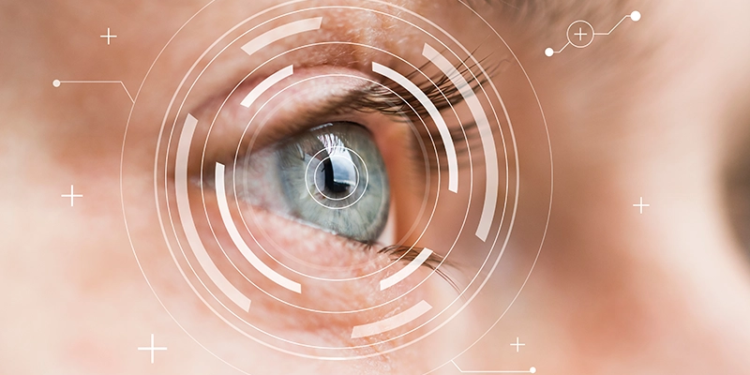Opening the door to the development of neuroprosthetic devices to help people with spinal cord injuries, amputations, and other impairments, neuroscientists at the University of California, Berkeley (UC Berkeley), and the Champalimaud Center for the Unknown, Lisbon, Portugal, have demonstrated that the brain is more flexible and trainable than previously thought.

The study, published in the March online issue of the journal Nature, shows that through a process called plasticity, parts of the brain can be trained to do something they normally do not do. The same brain circuitry used to learn a physical skill, such as driving a car, could be used to control prosthetic limbs or machinery. The experimental results reveal that learning abstract skills through the same brain circuit used to master physical skills can be applied to the mind-control of artificial extensions.
“These findings…suggest that learning to control a BMI (brain-machine interface), which is inherently unnatural, may feel completely normal to a person, because this learning is using the brain’s existing built-in circuits for natural motor control,” said Jose Carmena, PhD, UC Berkeley associate professor of electrical engineering, cognitive science, and neuroscience.
Carmena and co-lead author Aaron Koralek, a UC Berkeley graduate student in Carmena’s lab, collaborated on this study with Rui Costa, PhD, co-principal investigator of the study and principal investigator at the Champalimaud Neuroscience Program, and co-lead author Xin Jin, PhD, a postdoctoral fellow in Costa’s lab.
Previous studies have failed to rule out the role of physical movement when learning to use a prosthetic device.
To clarify these issues, the scientists set up an experiment in which rats could only complete an abstract task if overt physical movement was not involved. The researchers decoupled the role of the targeted motor neurons needed for whisker twitching with the action necessary to get a food reward.
The rats were fitted with a BMI that converted brain waves into auditory tones. To get the food reward-either sugar-water or pellets-the rats had to modulate their thought patterns within a specific brain circuit in order to raise or lower the pitch of the signal. Auditory feedback was given to the rats so that they learned to associate specific thought patterns with a specific pitch. Over a two-week period, the rats learned that to get food pellets they would have to create a high-pitched tone, and to get sugar water they needed to create a low-pitched tone. If the group of neurons in the task were used for their typical function-whisker twitching-there would be no pitch change to the auditory tone, and no food reward.
“This is something that is not natural for the rats,” said Costa. “This tells us that it’s possible to craft a prosthesis in ways that do not have to mimic the anatomy of the natural motor system in order to work.”
The study was also set up in a way that demonstrated intentional, as opposed to habitual, behavior. The rats were able to vary the amount of pellets or sugar water received based upon their own level of hunger or thirst.
Researchers hope these findings will lead to a new generation of prosthetic devices that feel natural.




